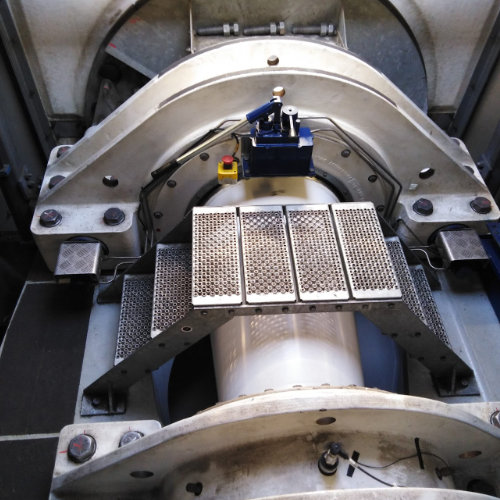Current tribological research trends focus on combining multidimensional modeling, analytical, and experimental techniques to better understand tribological processes at the molecular, nano, and micro scales. This understanding is applied in the development of microsystems and predictive models addressing the performance of contacts on a macro level. Key areas of tribological research are aligned with the sustainable development goals to be achieved by 2030, as adopted by the global community under the UN General Assembly. These include achieving strategic objectives to ensure healthy lives and improve their quality. This involves the development of bio-lubricants, lubricants, and lubricating additives based on renewable materials, as well as new wear-resistant coatings that are more environmentally friendly.
The use of wind turbines as renewable energy sources poses significant challenges in the development of sliding and rolling bearings and in methods of remote diagnostics and predictive maintenance based on monitoring tribological processes. These challenges are driven by specific operating conditions (e.g., low rotational speeds of the main bearing, high loads, vibrations, and environmental factors) that are uncommon in other industrial sectors. Optimizing the topography of friction surfaces to enable the formation of more effective lubricating films represents a pathway to extending service life and reducing energy demands.
Electromobility also presents demanding challenges, introducing new tribological problems. The very different torque and power profiles compared to internal combustion engines impose new requirements on transmission fluids, which gain greater importance in electric motors. Rolling bearings represent another area with new demands, such as the composition of lubricants to prevent corrosion of copper surfaces, reducing noise, and extending service life under high-speed operation. The push to use new low-viscosity lubricants increases demands for the development of new wear-resistant coatings. Beyond electromobility, there is an ongoing effort to extend tire life to reduce the environmental burden caused by wear particles. Environmental protection also presents challenges for rail transportation, such as the development of new biodegradable agents to reduce wheel flange wear while ensuring adequate traction.
